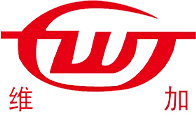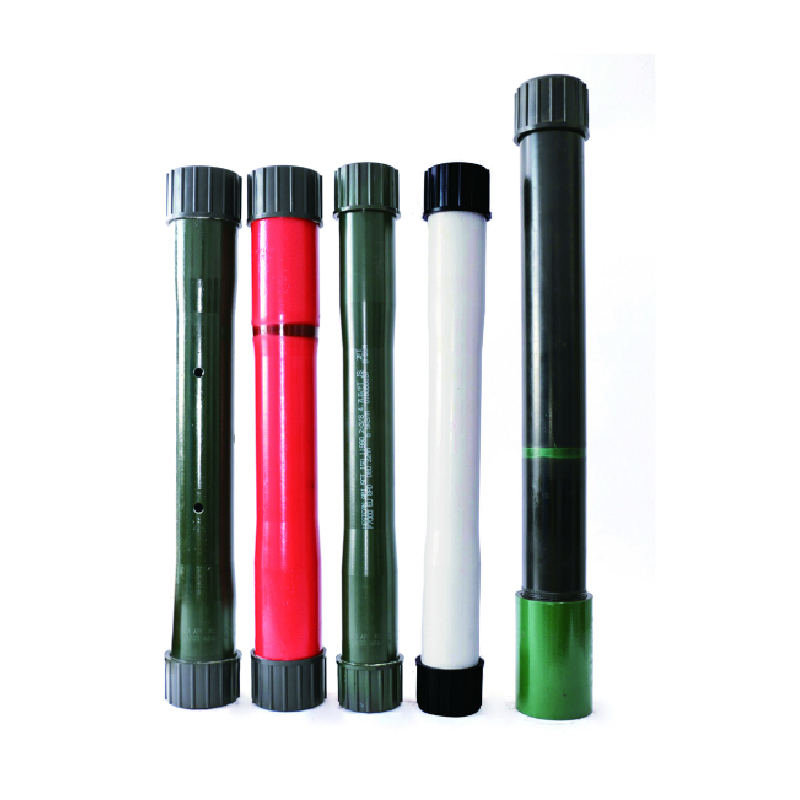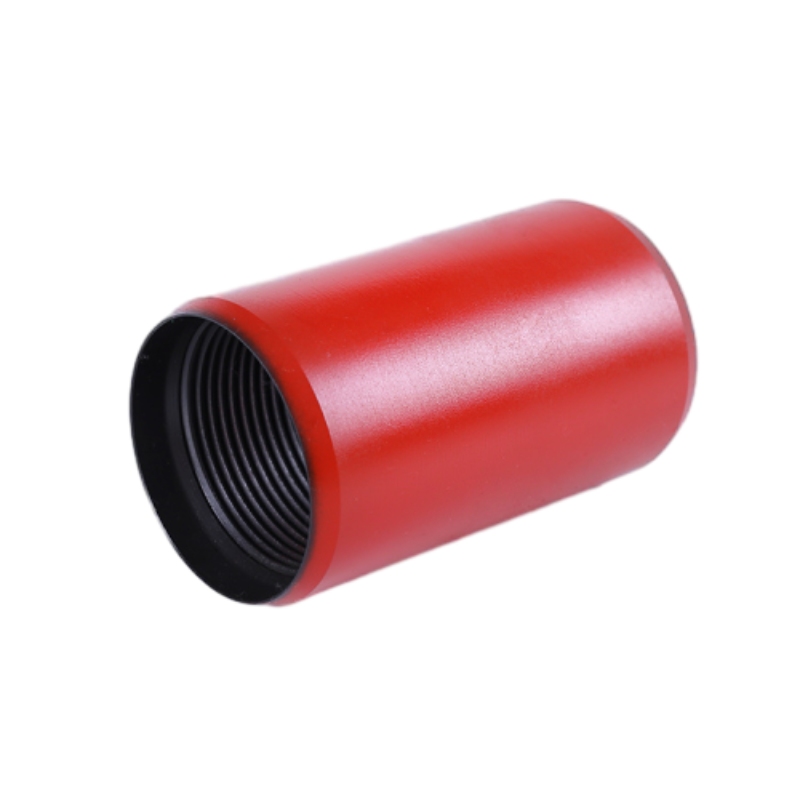High-Quality Pup Joint Manufacturers | Oil & Gas Tubing Solutions
Understanding the Critical Role of Pup Joint Manufacturers in Energy Infrastructure
In the demanding landscape of oil and gas exploration and production, the integrity and reliability of every component within a wellbore completion string are paramount. Among these essential elements are pup joints, short sections of tubing or casing used to adjust the length of the string to achieve a specific depth or to space out equipment. Leading pup joint manufacturers play a pivotal role in ensuring the seamless integration and robust performance of these critical connectors, particularly in the challenging environments of pup joint oil and gas operations.
The design and manufacturing of pup joints require meticulous attention to material science, precision engineering, and stringent quality control. These components must withstand immense pressures, corrosive fluids, and high temperatures over extended operational periods. This article delves into the intricacies of pup joint manufacturing, industry trends, technical specifications, application scenarios, and the critical factors that differentiate top-tier suppliers in a competitive market.
Current Industry Trends Driving Innovation for Pup Joint Manufacturers
The global energy sector, particularly pup joint oil and gas, is experiencing dynamic shifts that profoundly impact pup joint manufacturers. Key trends include:
- Advanced Material Science: Increasing demand for pup joints made from exotic alloys (e.g., Duplex, Super Duplex Stainless Steels, Inconel) to combat severe corrosion and stress cracking in sour gas environments and ultra-deepwater applications.
- Higher Pressure and Temperature Ratings: As exploration moves into more challenging reservoirs, pup joints must be rated for increasingly higher pressures (HP) and temperatures (HT), often exceeding API standard specifications.
- Digitalization and Automation: Integration of Industry 4.0 principles, including automated machining, robotic welding, and real-time quality monitoring, to enhance precision, reduce human error, and improve manufacturing efficiency.
- Environmental, Social, and Governance (ESG) Focus: Growing emphasis on sustainable manufacturing practices, reduced waste, and energy-efficient processes throughout the production lifecycle.
- Customization and Specialty Solutions: A shift from standard off-the-shelf products to highly customized solutions, including specific lengths, thread types, and protective coatings tailored to unique well conditions.
These trends necessitate continuous research and development by pup joint manufacturers to remain competitive and meet the evolving demands of the energy industry.
The Manufacturing Process Flow of Tubing Pup Joints
The manufacturing of a high-quality tubing pup joint is a multi-stage process, beginning with raw material selection and culminating in rigorous testing. Leading pup joint manufacturers adhere to strict international standards such as API Spec 5CT for casing and tubing.
Schematic Steps of Pup Joint Manufacturing:
-
1. Raw Material Procurement:
High-grade seamless steel tubes (e.g., J55, K55, N80, L80, P110, Q125) are sourced from certified mills. Materials are selected based on required yield strength, tensile strength, and corrosion resistance for specific applications (e.g., sweet gas, sour gas, high pressure/temperature). Typical materials include carbon steel, low-alloy steel, and corrosion-resistant alloys (CRAs).
-
2. Cutting to Length:
Raw tubes are cut to precise lengths specified by customer requirements, ranging from 2ft to 12ft, maintaining tight dimensional tolerances.
-
3. Threading (CNC Machining):
Both ends of the cut tube are precision-machined using Computer Numerical Control (CNC) lathes to create API-standard threads (e.g., EUE - External Upset End, NUE - Non-Upset End, LTC - Long Thread Coupling, STC - Short Thread Coupling) or premium proprietary connections. CNC machining ensures thread accuracy, optimal engagement, and sealing integrity. This is a critical step for preventing leaks and ensuring string strength.
-
4. Inspection and Deburring:
Threads are thoroughly inspected for imperfections, burrs, and compliance with dimensional specifications. Deburring ensures smooth surfaces and prevents damage to seals during assembly.
-
5. Surface Treatment & Coating:
Threads are often phosphated or coated with corrosion inhibitors (e.g., zinc coating) to protect against rust and galling. Some applications may require specialized internal coatings for enhanced corrosion and erosion resistance (e.g., epoxy, phenolic).
-
6. Hydrostatic Testing:
Each tubing pup joint undergoes hydrostatic testing to verify its pressure integrity. The joint is filled with fluid and pressurized to a specified level (e.g., up to 10,000 psi or higher), exceeding anticipated service conditions, to detect leaks or material defects. This confirms compliance with API standards and customer specifications.
-
7. Non-Destructive Testing (NDT):
Techniques such as Ultrasonic Testing (UT) or Magnetic Particle Inspection (MPI) are used to detect internal and surface flaws in the material that might not be visible externally. This ensures structural integrity throughout the body of the pup joint.
-
8. Final Inspection and Marking:
A final visual and dimensional inspection is performed. Each pup joint is then marked with essential information, including material grade, length, heat number, manufacturer's name, and API monogram, as per API Spec 5CT.
-
9. Packaging and Shipping:
Threads are protected with thread protectors, and pup joints are bundled for safe transport to the well site. Proper packaging prevents damage during transit.
The target industries for these components include petrochemical, pup joint oil and gas extraction, metallurgy, and water supply & drainage. Advantages include enhanced corrosion resistance through material selection and coatings, contributing to extended service life and energy saving by reducing friction in fluid flow. Service life typically ranges from 10 to 25 years, depending on fluid composition, pressure cycles, and operational temperatures.
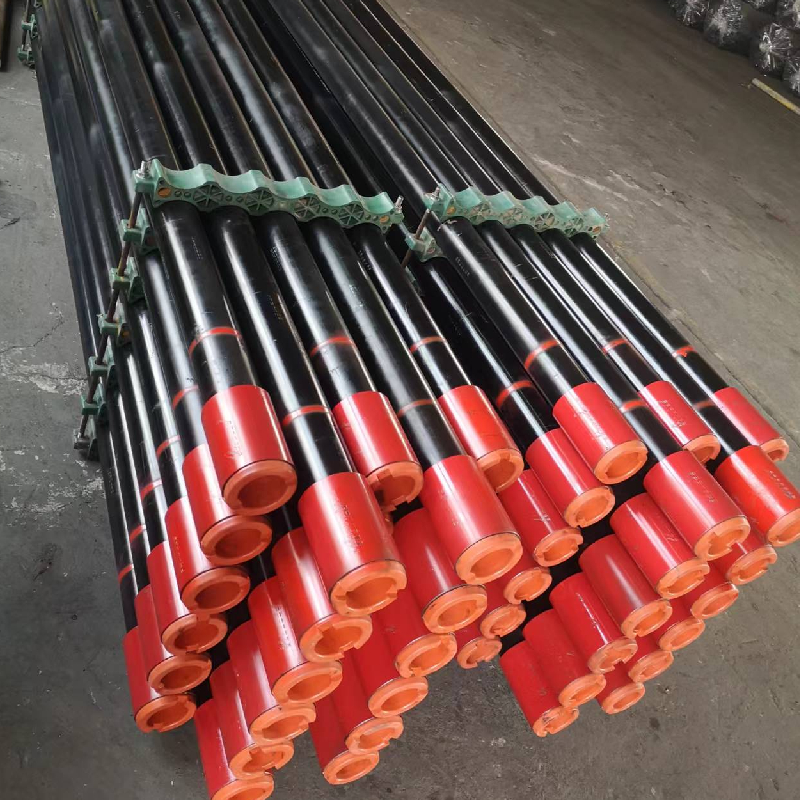
Technical Specifications and Performance Parameters of Tubing Pup Joints
Selecting the correct tubing pup joint requires a thorough understanding of its technical specifications. These parameters dictate the joint's suitability for specific well conditions, ensuring optimal performance and safety. Key parameters include:
- Outer Diameter (OD): Common sizes range from 2-3/8" to 4-1/2".
- Wall Thickness: Varies based on pressure requirements, typically adhering to API 5CT.
- Length: Available in standard lengths (e.g., 2, 4, 6, 8, 10, 12 feet) or custom lengths.
- Material Grade: J55, K55, N80, L80, P110, Q125, T95, C90, and various CRAs. Each grade offers specific yield strength, tensile strength, and hardness characteristics.
- Thread Type: API standard (EUE, NUE, LTC, STC) or proprietary premium connections designed for superior sealing and tensile strength.
- Pressure Rating: Typically hydrostatic test pressure, indicating maximum internal pressure the joint can withstand without permanent deformation or leakage.
- Yield Strength: The stress at which the material begins to deform plastically, crucial for determining the load-bearing capacity.
- Corrosion Resistance: Especially important for sour service (H2S) or CO2 environments, requiring specific alloy selections.
Typical Tubing Pup Joint Specification Table (API 5CT Equivalent)
Application Scenarios and Strategic Advantages
Tubing pup joint components are indispensable across various applications within the pup joint oil and gas industry and beyond. Their primary function is to provide precise length adjustments in tubing or casing strings, enabling optimal placement of downhole tools and equipment.
- Well Completion Operations: Used to space out packers, downhole safety valves, and other completion accessories at exact depths. This precision is critical for effective wellbore isolation and production optimization.
- Testing and Workover Operations: Facilitate the installation and retrieval of testing tools and provide flexibility during well interventions and workovers.
- Multilateral Wells: Essential for complex well geometries, allowing for precise length adjustments in each lateral section.
- High-Pressure/High-Temperature (HPHT) Wells: Specifically engineered pup joints made from advanced alloys are crucial for maintaining integrity in extreme conditions, where materials must resist thermal expansion, corrosion, and pressure cycling.
- Geothermal Energy Systems: Similar to HPHT oil and gas applications, pup joints in geothermal wells must withstand high temperatures and corrosive geothermal fluids.
- Water Supply & Drainage (Industrial): In large industrial piping systems, pup joints can be used for minor length adjustments during installation or repair, particularly in high-pressure or corrosive environments where standard piping may not suffice.
The strategic advantages derived from using high-quality pup joints are manifold:
- Enhanced Wellbore Control: Precise spacing ensures downhole equipment functions optimally, preventing premature failures and enhancing operational efficiency.
- Reduced Non-Productive Time (NPT): Reliable pup joints minimize the risk of string failures, which can lead to costly delays and interventions. Quality components from reputable pup joint manufacturers are key.
- Corrosion Resistance & Longevity: Advanced materials and coatings significantly extend the service life of the well string, especially in aggressive fluid environments, reducing the frequency of replacements and associated costs.
- Improved Safety: Adherence to strict manufacturing and testing standards ensures the structural integrity of pup joints, minimizing risks associated with pressure containment and mechanical failure.
- Cost-Effectiveness: While initial investment in high-grade pup joints might be higher, their superior durability and reliability lead to significant long-term savings by preventing failures and extending the well's productive life.
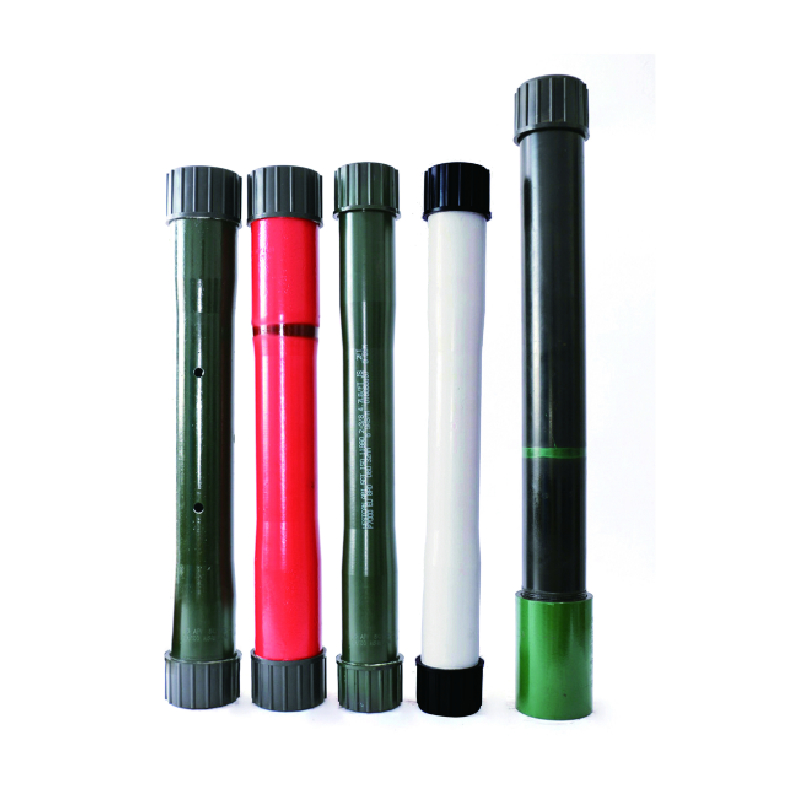
Core Technical Advantages of Quality Pup Joints
The technical superiority of pup joints from reputable pup joint manufacturers stems from a combination of advanced design, material selection, and manufacturing precision:
- Precision Machining: State-of-the-art CNC machining ensures thread dimensions are perfectly within API tolerances, leading to optimal thread engagement and superior connection integrity, minimizing galling and leakage.
- Material Traceability: Full traceability from raw material to finished product, including mill certificates (MTCs), ensures that the chemical composition and mechanical properties meet specified requirements, critical for compliance with ISO 9001 and API Q1.
- Optimized Metallurgical Properties: Heat treatment processes are carefully controlled to achieve desired hardness, toughness, and resistance to sulfide stress cracking (SSC) or stress corrosion cracking (SCC), particularly in sour service applications (e.g., NACE MR0175/ISO 15156 compliance).
- Advanced Connection Design: Beyond standard API connections, some pup joint manufacturers offer proprietary premium connections that provide enhanced gas-tight sealing, higher torque capacity, and superior tensile and compression ratings, crucial for complex well designs.
- Robust Anti-Corrosion Treatment: Beyond standard phosphate coatings, options like nickel plating, chrome plating, or specialized polymer linings offer advanced protection against aggressive downhole environments, extending the life of the tubing pup joint.
- Consistent Quality Assurance: Integrated quality management systems, often certified to ISO 9001 and API Q1, encompass every stage of production, from incoming raw material inspection to final hydrostatic and NDT testing, guaranteeing consistent product quality.
Vendor Comparison and Selection Criteria for Pup Joint Manufacturers
Choosing the right pup joint manufacturers is a strategic decision that directly impacts operational efficiency, safety, and project costs. Decision-makers should evaluate vendors based on several critical criteria:
- Certifications and Compliance: Verify adherence to international standards like API Spec 5CT, ISO 9001, and NACE MR0175/ISO 15156.
- Manufacturing Capabilities: Assess the manufacturer's ability to produce standard and specialized lengths, thread types, and material grades. Look for advanced CNC machining and robust quality control.
- Material Expertise: The ability to work with a diverse range of materials, including CRAs, for challenging environments.
- Quality Control & Testing: In-house hydrostatic testing, NDT capabilities, and rigorous inspection protocols.
- Track Record & Experience: Years in service, client testimonials, and a portfolio of successful projects, especially in similar operational conditions.
- Lead Time & Logistics: Capability to meet delivery schedules and efficient logistics support for global operations.
- Technical Support & Customization: Availability of engineering support for customized solutions and strong after-sales service.
Vendor Comparison Table (Illustrative)
Customized Solutions for Specialized Applications
Modern drilling and completion projects often encounter unique geological formations and fluid compositions, demanding solutions beyond standard API specifications. Top pup joint manufacturers excel in providing highly customized tubing pup joint solutions. This includes:
- Non-Standard Lengths: Precise lengths (e.g., 3ft 7in) to accommodate specific wellbore geometries or to achieve exact spacing for downhole tools where standard lengths are insufficient.
- Exotic Material Grades: Manufacturing from specialized CRAs like Duplex stainless steel (2205, 2507), Inconel (625, 718), or Hastelloy, to withstand extreme corrosion (e.g., high H2S, CO2, chlorides) and high temperatures.
- Proprietary Thread Connections: Machining pup joints with premium, gas-tight connections from various licensors (e.g., TenarisHydril, VAM, Hunting) that offer superior sealing, torque, and tensile strength compared to API threads.
- Special Coatings and Linings: Application of internal or external coatings (e.g., internal plastic coating, ceramic lining, high-performance epoxy) for enhanced erosion, corrosion, or scale resistance, extending asset life in aggressive production environments.
- Integrated Solutions: Providing pup joints as part of a larger well completion package, often integrated with custom flow control components or specialized downhole tools.
Engaging with pup joint manufacturers who possess strong engineering capabilities and a flexible manufacturing setup ensures that even the most complex well challenges can be addressed with reliable, tailored solutions.
Real-World Application Case Studies
The practical application of high-quality pup joints demonstrates their indispensable value.
Case Study 1: Deepwater HPHT Gas Well Completion
- Challenge: A major operator in the Gulf of Mexico required tubing string components for a deepwater HPHT gas well, with bottom hole temperatures exceeding 350°F (177°C) and pressures over 15,000 psi (103 MPa), compounded by corrosive H2S and CO2.
- Solution: A specialized pup joint manufacturers engineered tubing pup joint sections from Inconel 718 (a high-nickel alloy) with proprietary premium gas-tight connections. These pup joints underwent extensive internal testing, including burst and collapse tests at simulated HPHT conditions, and met NACE MR0175/ISO 15156 standards for sour service.
- Result: The custom pup joints provided the required metallurgical integrity and pressure containment, allowing for successful and safe completion of the well. The operator reported no connection failures or leaks over three years of production, highlighting the long-term reliability of the customized solution.
Case Study 2: Geothermal Well Refurbishment
- Challenge: A geothermal power plant in Indonesia needed to refurbish an existing well, requiring new pup joints capable of withstanding highly corrosive geothermal fluids (high chloride content, varying pH) and sustained temperatures up to 250°C (482°F). Standard carbon steel had failed prematurely.
- Solution: After a detailed material analysis, pup joint manufacturers provided pup joints manufactured from Super Duplex Stainless Steel (UNS S32750), known for its excellent resistance to localized corrosion in chloride-rich environments and high strength at elevated temperatures. The threads were coated with a specialized anti-galling compound.
- Result: The Super Duplex pup joints significantly extended the service life of the well's completion string. Inspections after two years showed minimal degradation, leading to reduced maintenance costs and improved plant uptime. This successful implementation reinforced the client's trust in custom-engineered solutions.
Frequently Asked Questions (FAQ)
Q1: What is the primary difference between API standard and premium connections for pup joints?
A1: API (American Petroleum Institute) standard connections (e.g., EUE, NUE, LTC, STC) are widely used and cost-effective, providing reliable performance in many wells. Premium connections, often proprietary designs from specific pup joint manufacturers or licensors, offer enhanced features such as gas-tight sealing, higher torque and tensile ratings, and improved resistance to galling, making them suitable for HPHT, sour service, and complex wellbore applications.
Q2: How are pup joints protected against corrosion in harsh environments?
A2: Protection involves several methods: 1) Using corrosion-resistant alloys (CRAs) like Duplex, Super Duplex, or Inconel. 2) Applying specialized internal and external coatings (e.g., phosphating, zinc coating, nickel plating, or internal plastic linings) to create a barrier against corrosive fluids. 3) Ensuring compliance with NACE MR0175/ISO 15156 for materials exposed to sulfide stress cracking.
Q3: What testing procedures ensure the quality of a tubing pup joint?
A3: Quality assurance for pup joints includes visual and dimensional inspections, mechanical property testing (tensile, yield, hardness), hydrostatic testing for pressure integrity, and Non-Destructive Testing (NDT) such as Ultrasonic Testing (UT) or Magnetic Particle Inspection (MPI) to detect internal and surface flaws. Material traceability through Mill Test Certificates (MTCs) is also crucial.
Lead Time, Warranty, and Customer Support
Reliable supply chain and robust after-sales support are integral to selecting pup joint manufacturers.
- Lead Time: Standard API tubing pup joint orders typically have lead times ranging from 2-4 weeks, depending on inventory and current production schedules. Custom or specialized material orders may require 6-10 weeks due to material procurement and complex manufacturing processes. We work closely with clients to align on delivery expectations and offer expedited options when feasible.
- Warranty Commitments: Our products come with a standard 12-month warranty from the date of shipment or 18 months from the date of manufacturing, covering defects in materials and workmanship, provided they are stored, handled, and used according to industry best practices and API guidelines. Detailed warranty terms are provided with each quotation.
- Customer Support: We offer comprehensive technical support, including pre-sales consultation for material and design selection, real-time order tracking, and post-sales assistance. Our team of experienced engineers is available to address any technical queries or field issues. We prioritize responsiveness to ensure minimal operational downtime for our clients.
Conclusion
The role of expert pup joint manufacturers is more critical than ever in the evolving energy sector. With increasing demands for higher performance, greater resilience, and tailored solutions in challenging environments, the integrity of every tubing pup joint is paramount. By understanding the intricate manufacturing processes, adhering to stringent quality standards, and offering customized options, leading manufacturers ensure the reliability and longevity of crucial wellbore infrastructure. Partnering with a proven supplier committed to quality, innovation, and customer support is essential for successful and sustainable operations in the global pup joint oil and gas industry.
References
- American Petroleum Institute. API Specification 5CT: Specification for Casing and Tubing. 10th ed. Washington, D.C.: API Publishing, 2018.
- NACE International. NACE MR0175/ISO 15156: Petroleum and natural gas industries - Materials for use in H2S-containing environments in oil and gas production. Houston, TX: NACE International, 2015.
- International Organization for Standardization. ISO 9001: Quality management systems — Requirements. Geneva: ISO, 2015.
- Schlumberger. Oilfield Glossary. "Pup Joint." Available at: glossary.oilfield.slb.com/terms/p/pup_joint.
-
Tubing Crossover - API Compatible, Custom Sizes, In StockNewsNov.10,2025
-
Tubing Coupling | High-Strength, Leak-Proof Steel CouplingsNewsNov.10,2025
-
Wholesale API Threading Casing Coupling | API 5CT, Fast ShipNewsNov.10,2025
-
Pup Joint Supplier | API Certified, Custom, Quick ShipNewsNov.10,2025
-
Pup Joint Manufacturers | Precision Machined, Fast DeliveryNewsNov.10,2025
-
Tubing Coupling | Precision Steel, Leak-Proof, Fast DeliveryNewsNov.03,2025
